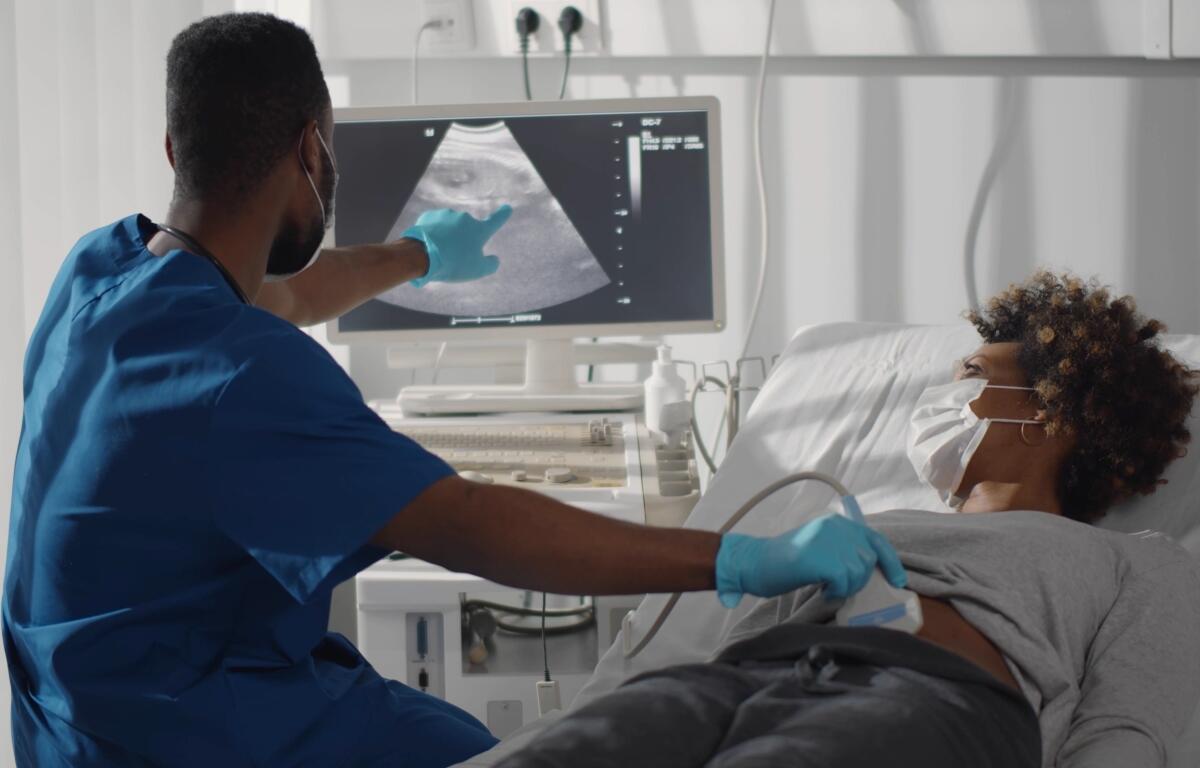Springfield, IL (CAPITOL CITY NOW) – A new report from the Illinois Department of Public Health (IDPH) suggests deaths of mothers either during pregnancy or soon after giving birth may be increasing, and may also be able to be prevented.
IDPH Tuesday released its latest Illinois Maternal Data Report, looking at deaths during pregnancy or up to one year after. The report says during 2021 and 2022, and average of 110 women died. But the problem doesn’t end there.
The state says Black women were more than twice as likely to die from pregnancy-related conditions, and were three-times more likely to die from pregnancy-related complications, than White woman. Mothers who lived in Chicago and other urban areas were also more likely to die. Substance use disorders were the most likely cause of pregnancy-connected deaths, followed by thrombotic embolism, COVID-19, and hemorrhages. The report also says that one-third of the deaths happened more than 60 days postpartum.
“Behind every data point in this report is a life lost, and far too often, it’s a Black woman or someone living in an underserved community,” said IDPH Director Dr. Sameer Vohra, in a news release. “These disparities are unacceptable and as the data show, largely preventable. The Governor’s Birth Equity Blueprint and the investments being made are designed to address these disparities, ensuring that our next steps include coordinated action, shared accountability, and deep community partnership. We are working to build an Illinois where everyone has a safe and healthy pregnancy, birth, and postpartum experience.”
According to IDPH, the report contains prevention recommendations targeted at “providers, hospitals, state systems, community-based organizations, and payers. Goals in the “Birth Equity Blueprint” include “a roadmap to improve maternal care and birth outcomes in Illinois” to be addressed by multiple state agencies and offices, along with addressing “systemic inequities in maternal healthcare and birth outcomes due to systemic racism and geographic inequalities” with four goals:
- Expand Investments in Health Quality and Provider Support
- Promote Access to Birthing and Specialty Care Services
- Establish Universal Risk Assessment, Referral, and Care Coordination Framework
- Develop Shared Measurement and Accountability Framework for Maternal Health and Birth Equity. (SOURCE: Illinois Department of Public Health)
The state also used the data to tout what it calls the “Governor’s Birth Equity Initiative, which IDPH says included:
- 12 million in child tax credits
- $5 million to expand home visits
- $1 million in a diaper pilot program for new parents
- $1 million for the Chicago South Side Birth Center
- $4.5 million in birth equity seed grants which have helped fund the following:
- 186 doulas trained across two quarters of implementation, significantly expanding access to culturally competent perinatal support
- 79 lactation consultants trained, enhancing breastfeeding support capacity across communities
- 110,647 individuals reached through education and outreach services
- 7,158 individuals referred to critical maternal and reproductive health services. (SOURCE: Illinois Department of Public Health)
CLICK HERE for more details on the Illinois Maternal Mortality Data Report (.pdf document).




